A Writer's Take on 21 Days Under the Sky
A contributing writer to La Motocyclette and Craftrad, Kate O'Connor Morris penned the Fox Searchlight film 21 Days Under the Sky (Netflix Original, 2016), an unconventional true story about those men who won't conform. Four guys meet in San Francisco to start a 3,800-mile ride down the Lincoln Highway – the oldest coast-to-coast route connecting the east to the west. They are riding vintage 'choppers'; bikes prone to break down or run out of gas. Through the highs and lows of a long journey, this story examines the timeless American love affair with the motorcycle and an even greater American tradition: the road trip. Kate rode the entire route with the film subjects, wearing a single pair of jeans, with no tent, and writing along the way.
The writer/photographer/filmmaker speaks about her experiences at Motos and 'Moving' Photos : NYC, March 21 at Filipacchi. Enjoy a brief interview we did with her recently.
Kate O'Connor Morris at work — Michael Schmidt
Put more down and think far less. Get over the finer details and do one frivolous, no-good thing on nothing more than the idea of it. Forget the words 'adventure', 'epic', 'legend'. Ban them from the present life you lead. For it doesn't start as an adventure. It begins with a risk.
1) In 2013 Harley Davidson recruited you as an integral cog in their creative engine. They handed you a motorcycle and told you to ride cross-country and reimagine the road trip. You infiltrated outlaw motorcycle groups, slept in ditches, crossed the United States with one pair of pants and no tent, and produced in their 2014 campaign, "Lost Road." The concept was also honored in the Harley Davidson Museum's cultural exhibitions. Was it this experience that prompted you to write 21 Days Under the Sky?
Yes. While I was on assignment throughout the country, I learned that there was gold out there ... we just had to go dig it up. It was during that time I built meaningful relationships that allowed 21 Days to come to life.
2) What was the process for writing the film … did you have the idea laid out and then flush out the concept on the road as things happened? Is it a documentary or were parts of it scripted?
The process is a weird, long story. It’s embarrassing to even admit this, but I actually storyboarded AFTER we got back because we really pulled the project together in a few short weeks. I’d call it a creative documentary. If you know any the bikers in the film, you can’t make them do jack. So the goal was to let everyone be themselves and ride their ride. We knew we’d mostly follow the Lincoln Highway, capturing those unpredictable elements I knew would be necessary to make a 'road film' that felt both relevant and timeless.
3) What attracted you as a writer to a story like this? Is it somewhat like a modern day Easy Rider, showing that the more things change, the more they stay the same in terms of connections, values and the need for adventure?
I love this question. Yes, it’s a non-fiction Easy Rider in so many ways. Whatever happens in terms of this country — our burning need for freedom will always be a voice in our head telling us to quit our day jobs, and go out to look for what is real. Themes about America attracted me to this project, because it’s what I do best. There isn’t anything more American to me than the biker.
4) Did the characters speak for themselves in terms of leading the story? Did you know all the riders previously?
The interviews were done a year after the road trip, so they were speaking for themselves and speaking pretty honestly. For filming, though, I met them literally on the shoulder of the road on Highway 1 in Big Sur. I was the only girl. I dropped my bike twice that day. But I kept my mouth shut and held my own all 550 miles up to Salinas. That was Day 1. We were family after that.
5) Is your written word reflected in the voiceovers (done by actor Robert Patrick) throughout the film? How did you interact with the director and camera crew during the country wide shoot? Were you an advisor, an active participant in what was shot and eventually edited into the final film, or a combination of all?
Yes. The voiceovers I wrote directly from the road. They’re pretty much pulled from my journals. Sometimes I’d get a sense of what needed to be said on a given day and I’d either stay behind, ride ahead, or peel off. We’d all find each other by nightfall — most of the time. My role was a combo of all: I was writer/AD/friend/party animal/mascot and generally down to do whatever was needed to get the shots. We didn’t have a plan, so (director) Michael (Schmidt) and I made a lot of decisions on the fly. We’d start the day with an idea of what we wanted, and then someone’s bike would break down or the rains would come, and we’d have to regroup. For the year of post-production, I was calling the shots for storyline and soundbites/dialogue.
Kate O'Connor Morris — Michael Schmidt
Four guys, brought together for a handfull of reasons. There was the opportunity to meet the legendary Tom Fugle in Sioux City, Iowa, the brilliant bike builder and creative mastermind who'd been running the scene since the early days. Then there was a deadline ... September 21 ... the day of the Brooklyn Invitational, an all-out, one-night chopper show ... Only America, with its unending roads and backbreaking expectations, would give us losers like these.
6) Any stories from the trip that didn’t make the final cut?
Hah! So. Many. Heat stroke, meltdowns, all the drugs, freak outs, getting lost and separated, alllll the outlaw biker stuff. No one moment was the showstopper, but bundled into one: crazy times.
7) It must have been incredible to meet chopper master Tom Fugle and have him as an integral part of the story, but also bittersweet knowing he passed away not to long after the film hit screens. What was he like during filming?
I’m just so glad Tom was around to see the film come into the world. What a rare occasion as an artist — especially one that was living in obscurity — to know that your life was valued before you go. In many ways, Tom is what I take away from this filming experience. I miss him every day. Before we left California, my working title was Going to Fugle, because I knew he was the heart of what we were after. He was the legacy. But I was also very intimidated to meet him — we all were. None of us were in MCs, let alone a 1%er one, and there’s just an unspoken code. So we had no clue how it would go. Tom was easily the friendliest, most accepting person we met along the whole way. He handed us his only copy of bike footage from the '60s without a question. He also almost got me and Gentry Dayton killed right before the film launched — but that’s another story. I think the thing everyone on 21 Days can say is we all walked away with a lesson on how to live life because of him.
8) You also mentioned that you were behind the scenes taking stills throughout shooting … in addition to writing. How has the entire experience influenced what you’re working on now and what do you have in the works currently in terms of moto projects?
21 Days taught me you can make meaningful work out of pretty much believing it matters. We didn’t have a chase van, or set shots. Some of the most breathtaking footage was captured with someone holding onto Michael’s legs as he hung out of the open door of the crew’s minivan. We stayed with the project, because we believed it was worth telling. Moto projects: I have a few, but nothing in production — yet!
9) The film brings the four riders to the Brooklyn Invitational, in a sense showing the moto community as something that extends nationwide. Being a native New Yorker, how would you describe moto culture here?
Another great question. I think I’m kind of a loner when it comes to the bike scene, but what I like about New York is it’s less segregated in terms of what you ride (chopper, street, café, etc). You’re out of your mind if you ride in this city, so people find each other quickly. I love that about the Northeast.
Chopper master Tom Fugle (left) — Michael Schmidt
What would America be without these roads, and a fearless, uncut few, ones wild enough to rage on 'til their bones hum, sleep in the cold dirt, land in a series of circumstancial places at the wandering winds of the cosmos. They might slow down one day. Roll back through the hazy record of their minds and recall the insanity of what they'd done.
21 Days Under the Sky writer Kate O'Connor Morris spoke about her experiences at Motos and 'Moving' Photos : NYC, March 21 at Filipacchi. You can read more about her on her website or follow her on Instagram at .
Official Film Website: 21daysunderthesky.com
Kate O'Connor Morris — Mark Squitieri

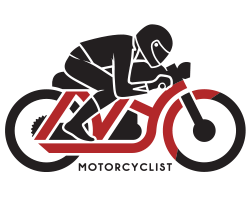

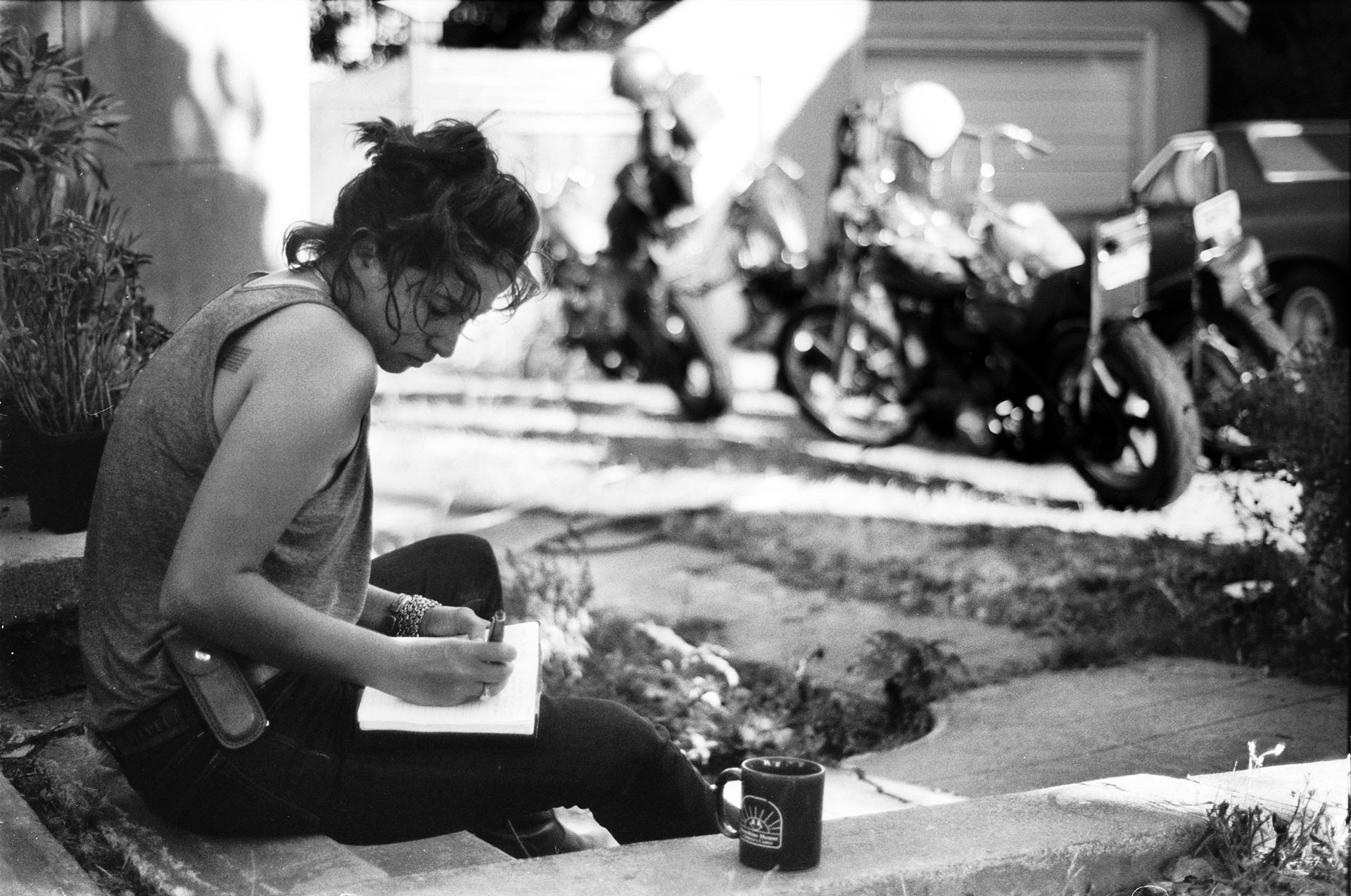
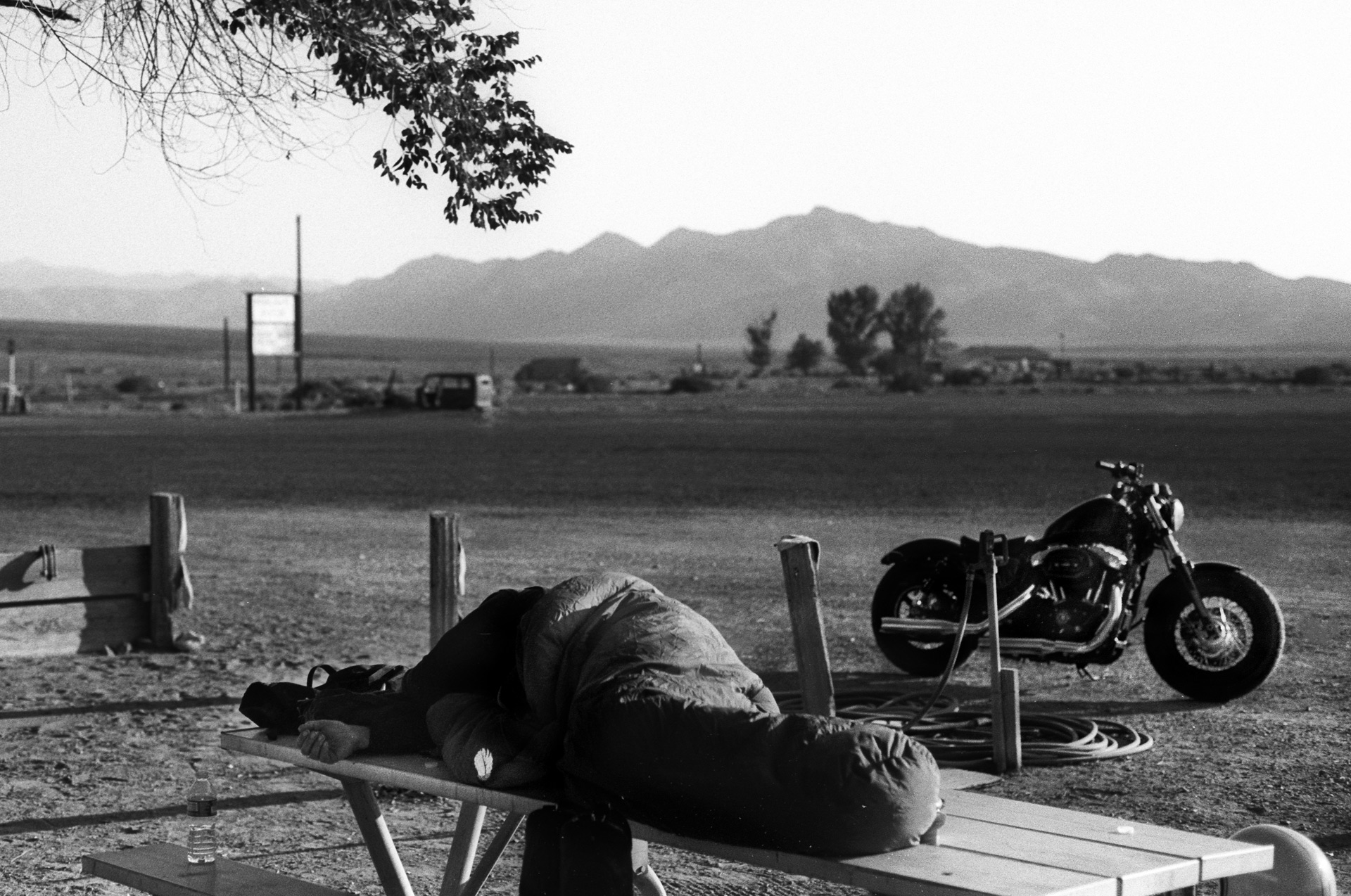
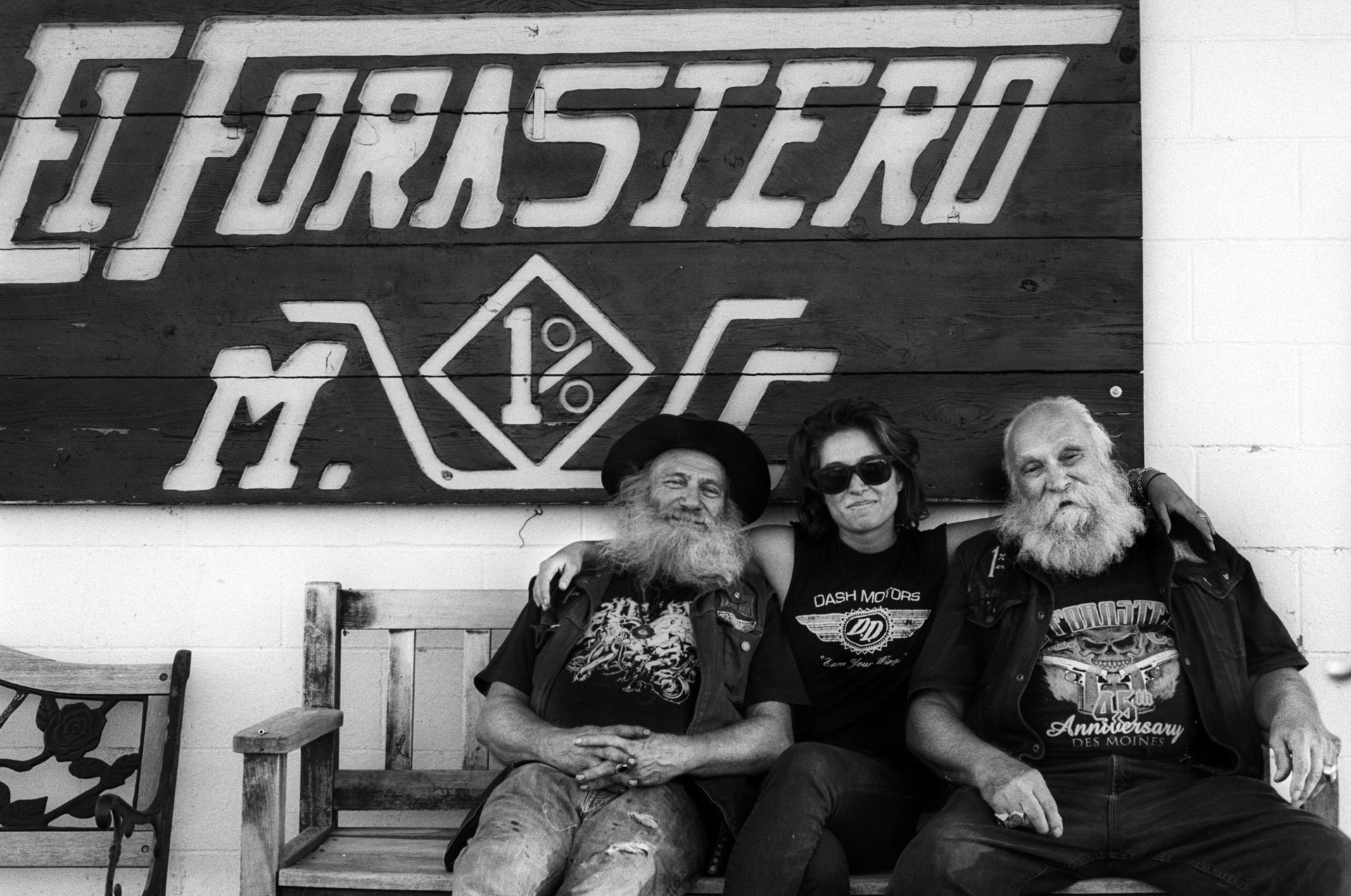
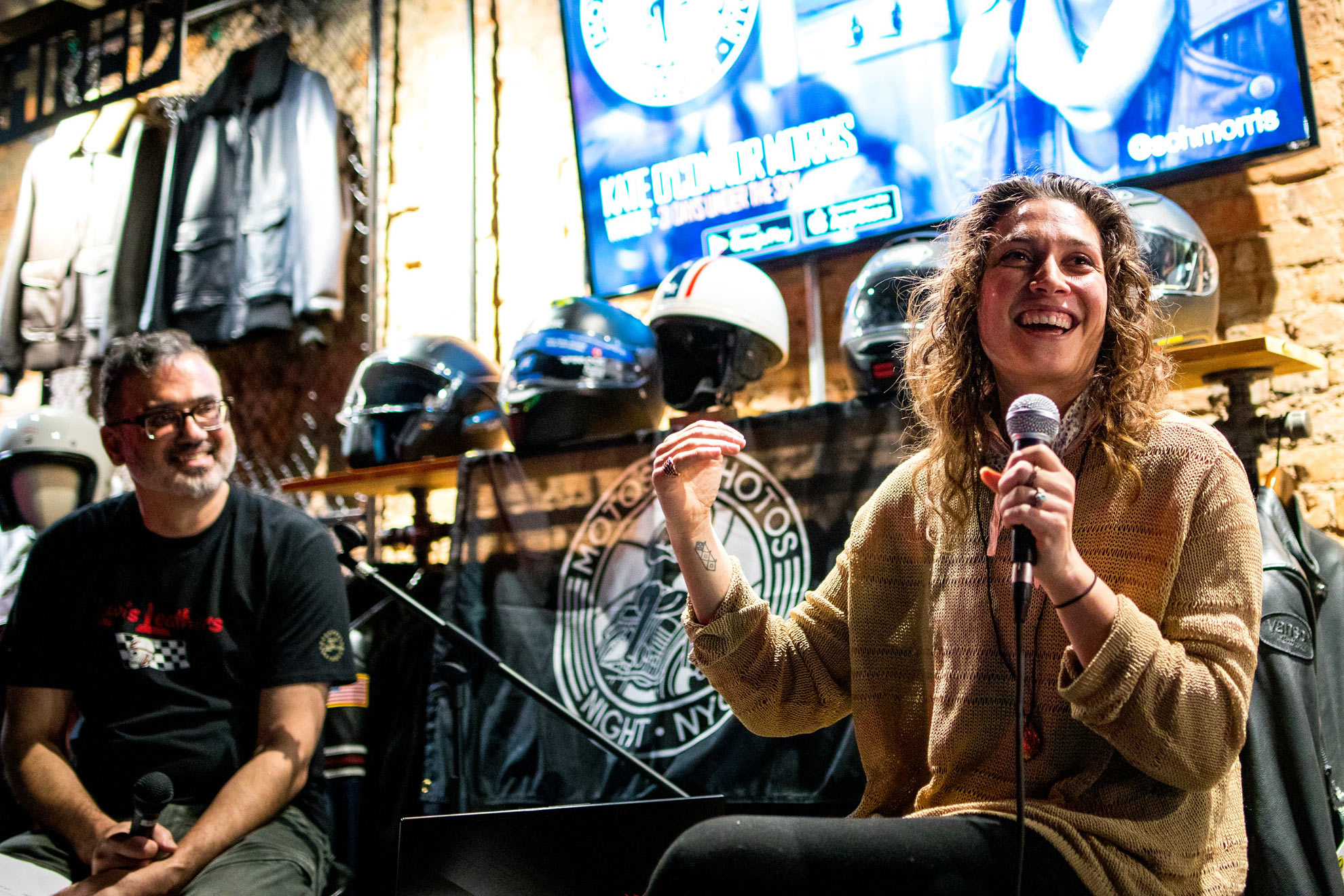



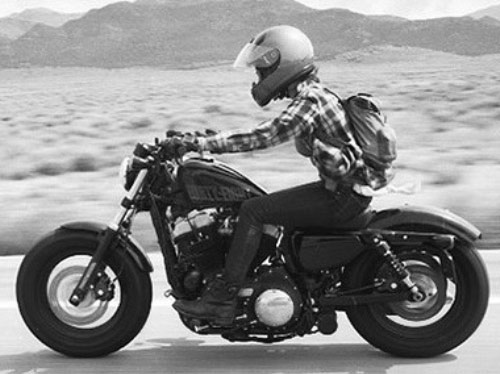
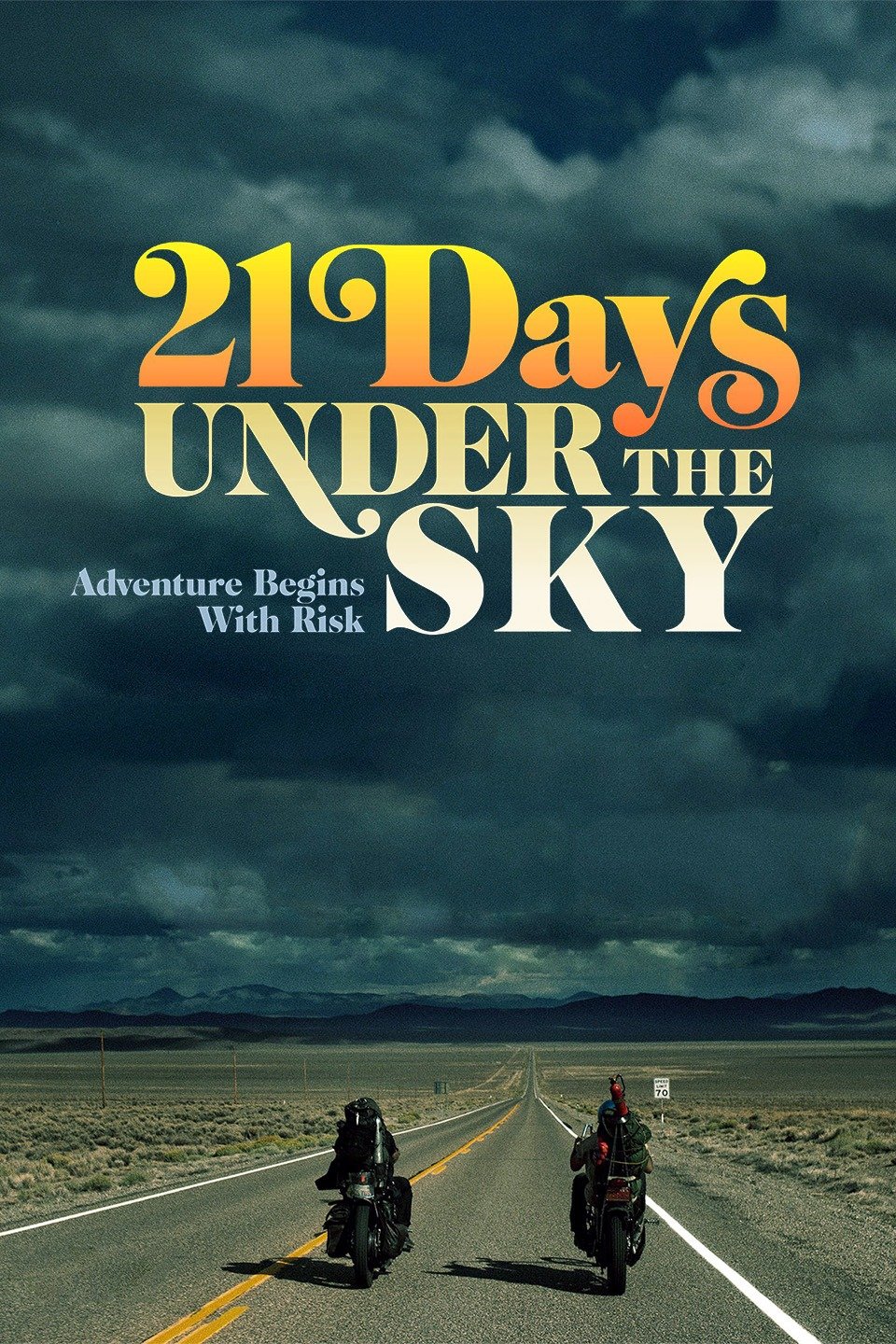


Leave a Comment